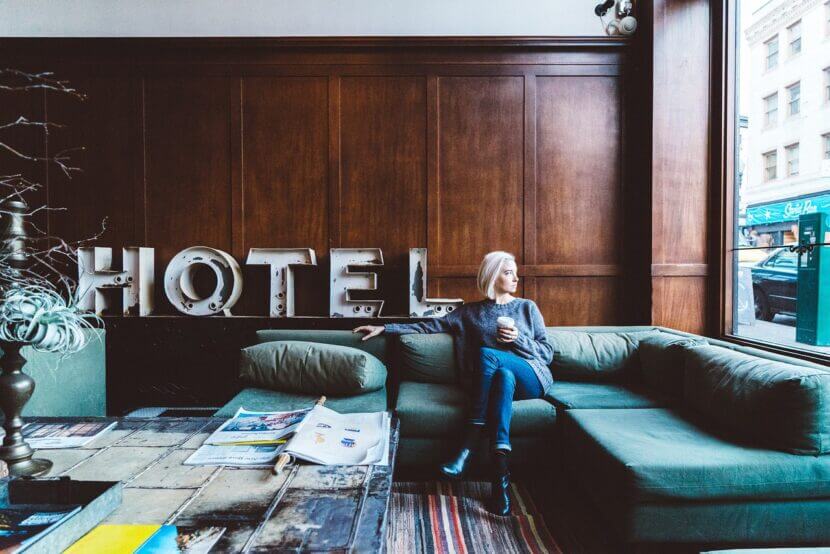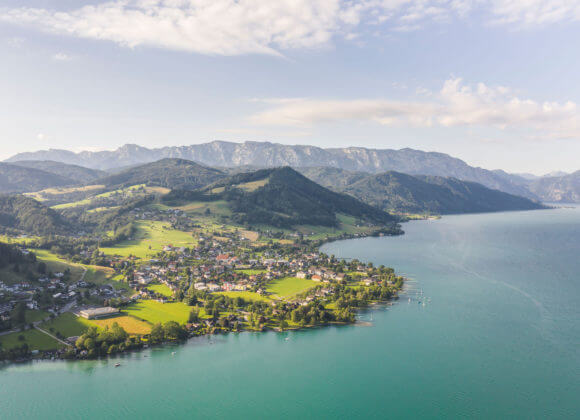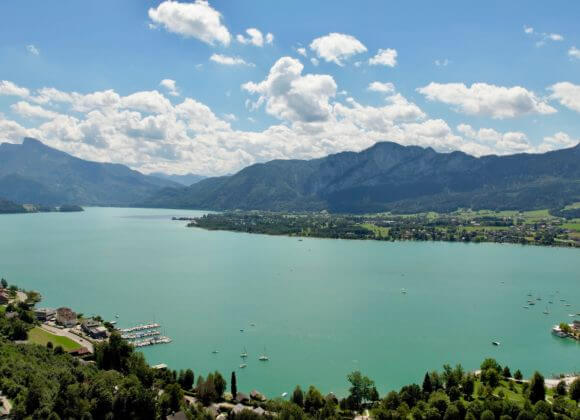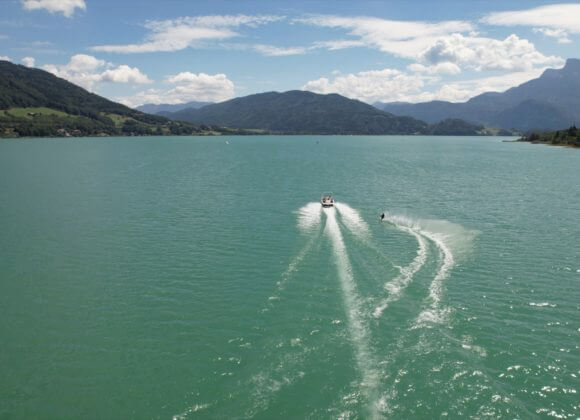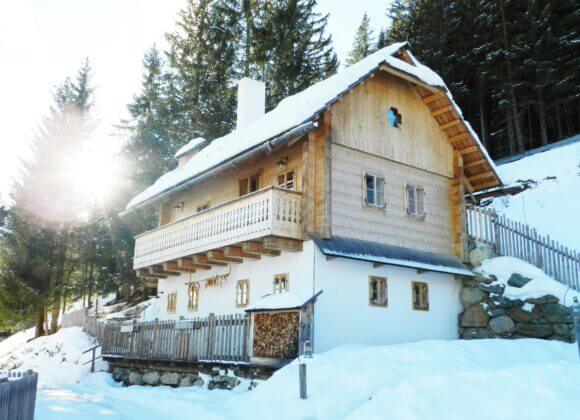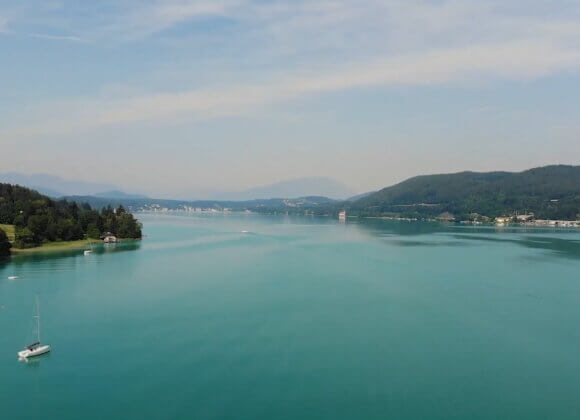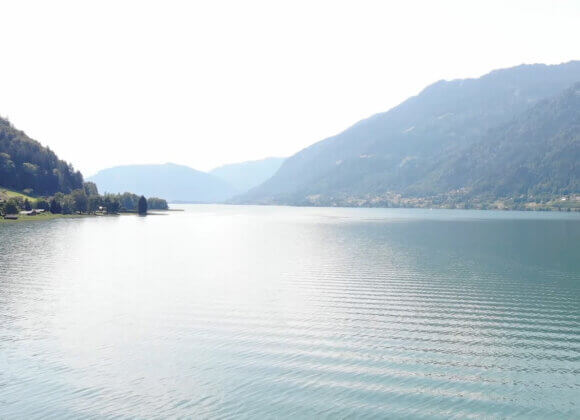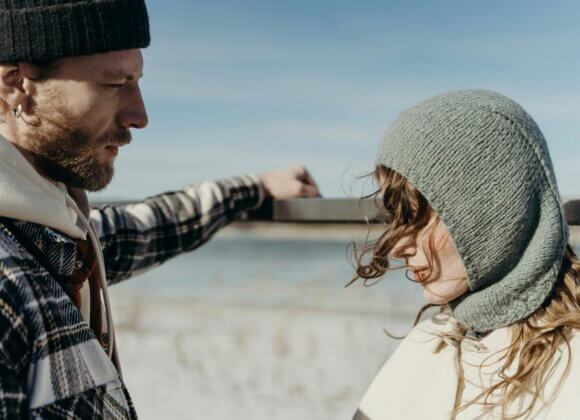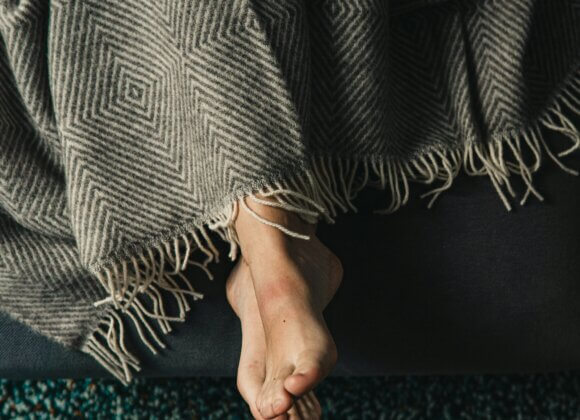Buy-to-let or: vacation in your own hotel

Owning your own property in a tourist region has become more popular again in recent years. However, vacation homes and second homes are usually no longer allowed to be established there. Buy-to-let models are an alternative.
An apartment in a ski region, a cottage on a local lake – the desire to own property where others vacation is great. But most municipalities and state governments have put a stop to vacation and second homes. And so a model that has enjoyed great popularity in other European countries for a long time is also becoming increasingly important in Austria: the buy-to-let model. “In this model, a buyer acquires ownership of a hotel unit, whether it’s a chalet, apartment or room,” explains Wilhelm Huck, a partner at HSP Attorneys at Law. Subsequently, the new owner leases back the residential unit for at least 20 years to an operator who rents it out to vacation guests.
Tourist use as an essential element
But the owner of the housing unit can also use it, even if only for a contractually specified period. “Most of the time, that’s two to six weeks a year,” says Huck, who says the tourist use of the property is a key element of the buy-to-let model. However, the buyer of a residential unit, who is registered as the owner of the same in the land register, does not have to worry about the rental. The same applies to the furnishing of the accommodation unit. This task is performed by the operator of the hotel, which also manages the property. Incidentally, the other parts of the hotel, from the kitchen to the bar, restaurant and wellness area, also remain in its ownership. “Unit owners can usually use the latter for free, but they have to pay for food and drink like any other guest,” Huck says.
For him, the advantages of the model are obvious: owners of the residential units have invested their capital and also participate in the rental of the same. “The returns can be quite substantial, depending on the project,” the attorney knows.
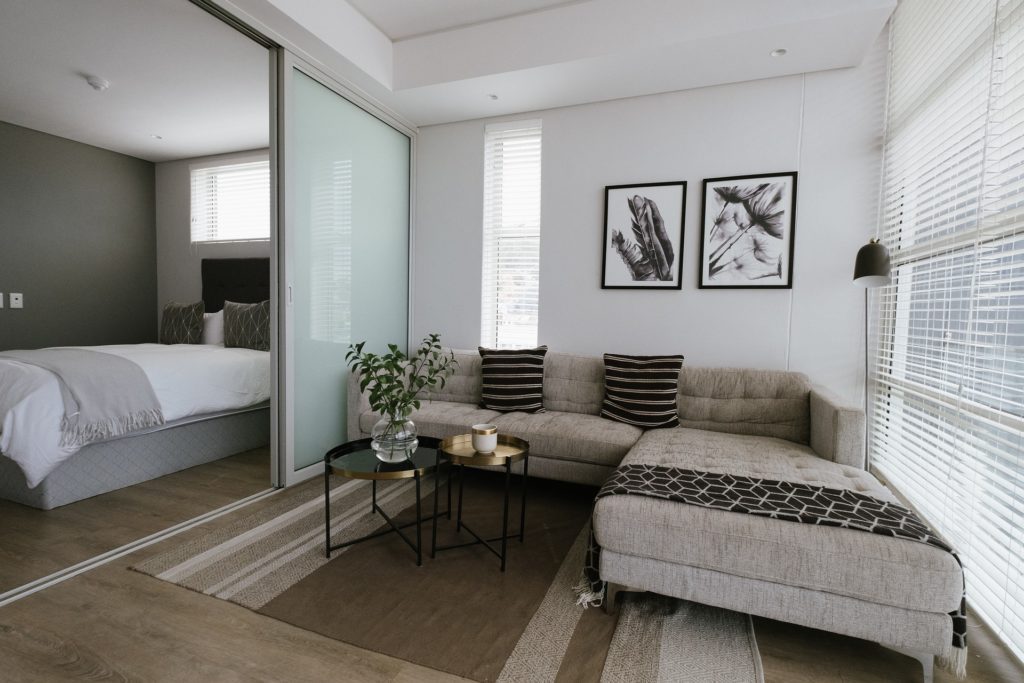
Check in depth
He advises interested parties to inform themselves carefully. And they do so on several levels: For example, they should take a close look at both the tourist destination and the operator. “Both are essential for the long-term success of the project and thus the rental of the residential units. But this is responsible for the increase in value of the property and the return that can be achieved with it,” says Huck, who therefore warns against buying a unit in a project without an operator. According to him, inquiring about the operator before buying also makes sense for another reason: “The owners of the residential units have no influence on the operation of the hotel,” Huck says. He also has a tip up his sleeve: “It should be clearly regulated who acquires what, how the public areas are divided up, when the owner can use the property and that not only the legal minimum reserve but a sensible reserve is formed in order to be able to finance necessary renovations in the future,” says Huck. Last but not least, it should be agreed how to proceed after the lease expires.
Interesting alternative to the second home
Tourist use not only provides owners with income, but also with a tax advantage: “The purchase of the property under a buy-to-let model is subject to the 20 percent sales tax, which can be taken into account by the purchaser as input tax,” explains Huck, who calls buy-to-let models an “interesting alternative to a second home.” “You have property in a resort area, you earn a return on it and you can vacation there,” Huck said.
Landlust: Luxury real estate in the countryside
Urban: Luxury properties Vienna Urban
Villa location: Luxury properties Villa location
For ski fans: Luxurious living for ski fans
On the waterfront: luxurious living on the waterfront
Hotel service: Luxurious living with hotel service
Exquisite view: Luxurious living with an exquisite view
For golf fans: Luxurious living for golf fans
Classic elegance: Luxurious living in classic elegance


